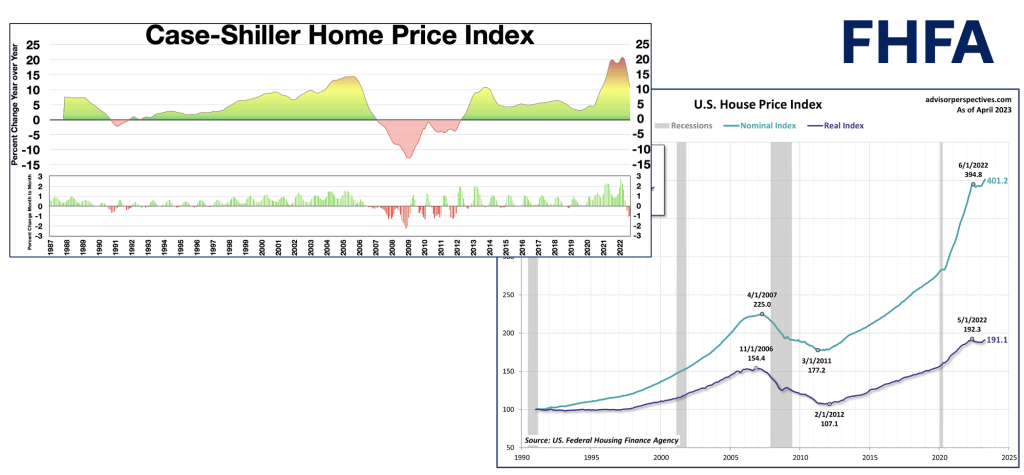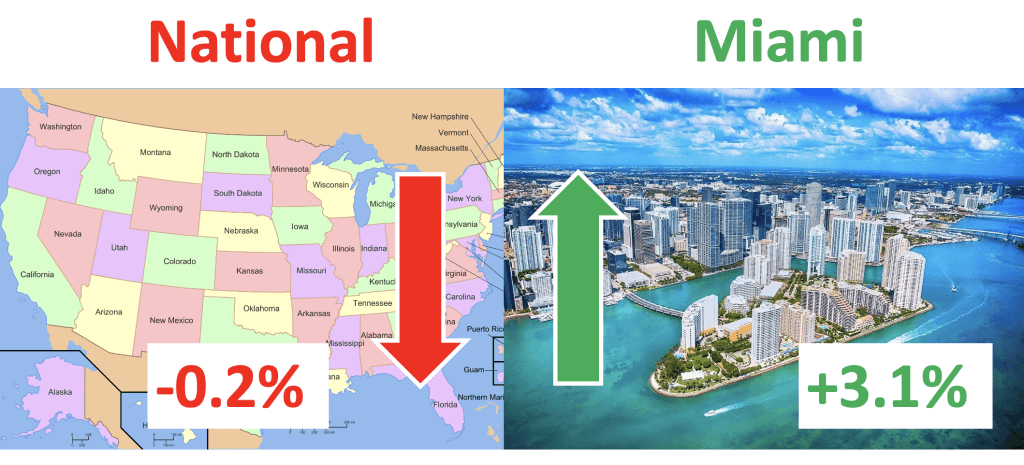Understanding Florida's Housing Market:
A Focus on Miami
Florida’s housing market, especially in Miami, has drawn attention due to its unique features and impact on the state’s economy. To grasp a complete picture, it’s important to examine different housing price indexes. Let’s explore the Case-Shiller and FHFA indexes to understand Florida’s real estate scene.



Unique factors are shaping Miami's housing market:
First – International Demand: People from all over the world are drawn to Miami’s cosmopolitan appeal. International buyers seeking warm weather, vibrant culture, and investment opportunities contribute to the city’s housing demand.

Second – Strong Luxury Market: Miami’s luxury real estate sector thrives, attracting wealthy buyers who want high-end properties with stunning views and exclusive amenities. Even during tough times, this market tends to stay strong.

